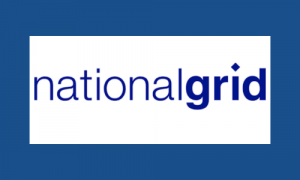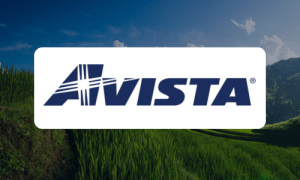How a large IOU achieved lower vegetation trimming costs using detailed contractor bid packets
A large investor owned utility was looking for more ways to rein in costs. The utility’s vegetation trimming expenses were going up faster than their budget increases. As a result, they weren’t able to trim the number of line miles they needed in order to achieve their reliability goals, while balancing affordability.
Not only did they want to spend less overall, but they also aimed to maximize their reliability impact per dollar spent.
The solution: More precise and detailed bid packets
Contractor costs are a big part of their overall vegetation management budget, so the utility wanted to use their upcoming multiyear bid event to secure lower prices and higher quality work.
They were already using AiDASH Intelligent Vegetation Management System™ (IVMS ™) to optimize their vegetation management program, so it was a natural progression to work with AiDASH to make their contractor bid packets more precise and detailed.
For each circuit that was going to be trimmed over the next 3 years, AiDASH produced bid support packets that were sent to contractors. The packets gave the contractors who were bidding on that work better insight into what the work would actually entail.
For example, in addition to basic information like the operating voltage of a given feeder, the date of the last trim, and the number of line miles of the conductor, the packets included:
- Primary in-scope work types: The type of equipment needed, like bucket, manual, and mechanical.
- Land use analysis for vegetated spans: Which line miles were on wetlands, in rural or urban areas, or offroad/inaccessible.
- Vegetation density analysis: How many line miles had low, medium, high, or very high vegetation density.
- Color-coded digital maps: Every line mile was represented on digital maps; each of the above parameters were color-coded on the maps.
AiDASH based the scope of work on:
- Updated and precise GIS network location information.
- Satellite imagery and analysis of vegetation density, equipment type, and accessibility.
- Land use and land classification.
- Applying the utility’s trim specifications and other business rules.
Using this approach also enabled the utility to have a “should cost” model of how much the work should cost on each in-scope circuit. The “should cost” data point gave the utility another price reference point to both budget work and have productive negotiations with the contractors bidding on the work.
The impact: 10-12% lower-than-expected costs
By giving contractors greater scope clarity, the utility was able to run a more competitive procurement process. It leveled the playing field so contractors who weren’t familiar with the area had the confidence to bid at a competitive price. And because the bid packets provided a measure of cost certainty, contractors were able to remove more of the financial cushion from their bids, which allowed smaller firms to participate alongside incumbents.
Contractors were able to provide the highest-quality work at the best cost. The utility’s actual costs were 10-12% lower than forecasted, bringing them more in line with should cost estimates.
About AiDASH
AiDASH is making critical infrastructure industries climate-resilient and secure. Using our satellite-first platform for grid inspection and monitoring, our AI applications enable electric and gas utilities and landowners to transform how they manage and maintain assets. Our customers deliver ROI in their first year of deployment with reduced costs, improved reliability, and advancements in sustainability goals. AiDASH exists to safeguard critical infrastructure and secure the future of humanAIty™.
Learn more at www.aidash.com.
AiDASH is the leader in Intelligent Vegetation Management
Ready to see it in action for yourself?
Get a demo today.
The best collection of tools, tips, guides, and industry stories – straight to your inbox.
Subscribe to our newsletter



